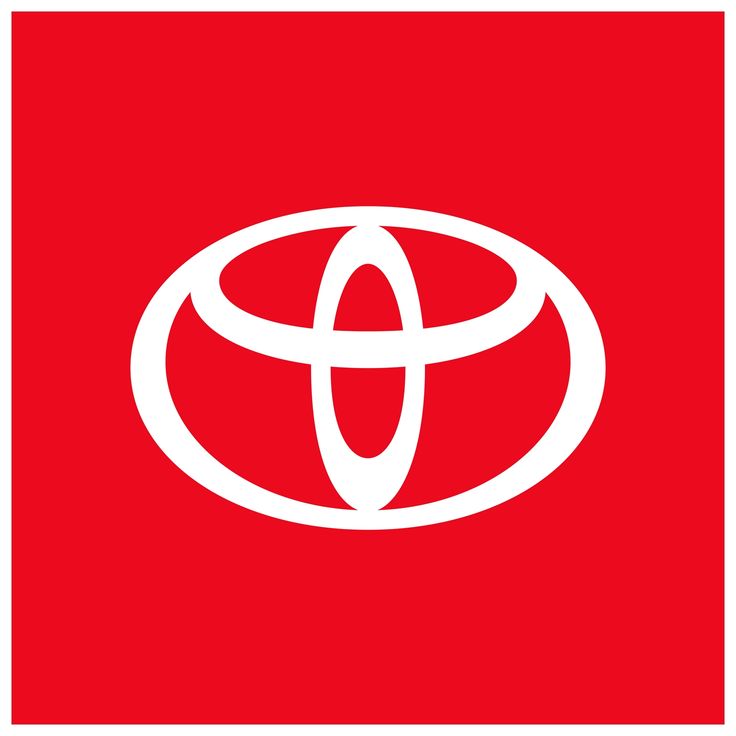Car insurance is more than just a legal requirement—it’s a safety net, a financial safeguard, and in many ways, a peace-of-mind investment. For many drivers, insurance policies feel confusing because of the industry jargon, fine print, and numerous coverage types. Choosing the right car insurance isn’t simply about finding the cheapest premium, but about selecting protection that fits your driving habits, your financial situation, and the unexpected risks of being on the road.
In this guide, we’ll break down everything you need to know about car insurance coverage types, what they mean, how they work, and tips to choose the best policy for your needs. By the end, you’ll feel equipped to confidently navigate the insurance market and protect both your car and your financial future.
Why Car Insurance Matters
- Legal Requirement – Almost every U.S. state requires drivers to carry at least minimum liability insurance. Driving without it could lead to fines, suspension of your license, or even criminal charges.
- Financial Protection – Accidents can cost thousands—or even hundreds of thousands—of dollars. Without insurance, you’d be paying those costs out of pocket.
- Peace of Mind – Whether it’s a fender-bender, theft, or a storm-damaged vehicle, insurance provides reassurance that you won’t bear the entire financial burden alone.
- Asset Protection – If you financed your vehicle, your lender may require certain types of insurance to protect the loaned asset.
The Core Coverage Types Explained
Car insurance is typically made up of several types of coverage. Understanding each one is essential to building a policy that makes sense for you.
1. Liability Coverage
- What It Covers: Damage or injury you cause to others.
- Components:
- Bodily Injury Liability (covers medical costs, lost wages, and legal fees if you injure someone).
- Property Damage Liability (covers repair or replacement of vehicles or property you damage).
Most states have minimum liability requirements expressed as three numbers. For example:
FREE: Quickly identify and understand problems with your vehicle 🚘
CLICK HERE- 25/50/25 = $25,000 per person for bodily injury, $50,000 per accident total, and $25,000 for property damage.
👉 Tip: Always consider higher limits than the state minimum, since accident costs often exceed those amounts.
2. Collision Coverage
- What It Covers: Your car’s repair or replacement costs after an accident with another vehicle or object (like a tree, fence, or pole).
- Why It Matters: Even if an accident is your fault, collision coverage helps you avoid paying out of pocket for your own vehicle.
3. Comprehensive Coverage
- What It Covers: Non-collision events such as theft, vandalism, fire, natural disasters, falling objects, or hitting an animal.
- Why It Matters: Especially useful if you live in an area with high crime, severe weather, or lots of wildlife.
4. Personal Injury Protection (PIP)
- What It Covers: Medical expenses for you and your passengers regardless of fault. Some policies also cover lost wages, childcare, or rehabilitation.
- Where It’s Required: Certain states (like Florida, Michigan, New York) mandate PIP under “no-fault insurance” laws.
5. Medical Payments Coverage (MedPay)
- What It Covers: Similar to PIP, but typically more limited. It helps with medical costs after an accident for you and your passengers.
- Difference from PIP: MedPay usually does not cover lost wages or additional benefits.
6. Uninsured/Underinsured Motorist Coverage (UM/UIM)
- What It Covers: If you’re hit by a driver without insurance, or with insufficient insurance, this coverage pays for your injuries and sometimes property damage.
- Why It Matters: Roughly 1 in 8 U.S. drivers is uninsured.
7. Gap Insurance
- What It Covers: The “gap” between what you owe on your car loan/lease and your car’s actual cash value after an accident.
- Example: If you owe $20,000 on your loan, but your car is valued at $15,000 after being totaled, gap insurance pays the $5,000 difference.
8. Roadside Assistance
- What It Covers: Services like towing, jump-starts, flat tire changes, and lockout help.
- Who Should Get It: Anyone who drives frequently, especially long distances, or in rural areas.
9. Rental Reimbursement
- What It Covers: The cost of renting a vehicle while yours is being repaired after a covered accident.
- Limitation: Often comes with daily and total dollar caps.
Comparing Coverage Options
Here’s a simplified table comparing the major coverage types:
| Coverage Type | Covers Your Car? | Covers Others? | Required by Law? | Best For |
|---|---|---|---|---|
| Liability | ❌ | ✅ | Yes | Everyone |
| Collision | ✅ | ❌ | No | New/financed cars |
| Comprehensive | ✅ | ❌ | No | Areas with theft/weather risk |
| Personal Injury Protection | ✅ (medical) | ✅ (medical) | In no-fault states | Families/commuters |
| Medical Payments (MedPay) | ✅ (medical) | ✅ (medical) | Sometimes | Supplemental medical coverage |
| Uninsured/Underinsured Motorist | ✅ (injuries) | ✅ | Sometimes | Protecting against uninsured drivers |
| Gap Insurance | ✅ (loan gap) | ❌ | No | New or financed vehicles |
| Roadside Assistance | ✅ (services) | ❌ | No | Frequent drivers |
| Rental Reimbursement | ✅ (rental) | ❌ | No | Drivers needing backup transport |
Factors to Consider When Choosing Coverage
- State Requirements – Start with the minimum liability required in your state.
- Vehicle Value – Newer, financed, or leased cars benefit from comprehensive, collision, and gap coverage.
- Driving Habits – Long commutes, frequent road trips, or city driving may increase the need for additional coverage.
- Budget – Balance premiums with deductibles. Higher deductibles usually lower your premium but increase out-of-pocket costs after an accident.
- Risk Tolerance – Some drivers are comfortable with minimal coverage, others want maximum peace of mind.
- Family Situation – Families often benefit from PIP, MedPay, and higher liability coverage to protect passengers.
Common Mistakes to Avoid
- Choosing the Cheapest Policy Only: Low premiums may mean dangerously low coverage.
- Not Updating Coverage: Failing to adjust your policy when buying a new car, moving to a new state, or changing driving habits.
- Ignoring Deductibles: Choosing a deductible you can’t actually afford in the event of an accident.
- Overlapping Coverage: Paying for roadside assistance from both your insurance and AAA, for example.
- Skipping UM/UIM Coverage: Leaving yourself vulnerable if an uninsured driver hits you.
Real-Life Scenarios: How Coverage Plays Out
- Scenario 1: You rear-end another driver. Your liability insurance covers their medical bills and car repairs, but you’ll need collision coverage to repair your own car.
- Scenario 2: A tree branch falls and smashes your windshield during a storm. Comprehensive coverage steps in.
- Scenario 3: You’re hit by an uninsured driver. Your UM coverage ensures your injuries and damages are covered.
- Scenario 4: You total your financed car that’s worth $15,000 but you owe $20,000 on it. Gap insurance saves you from paying the $5,000 difference.
Tips for Lowering Premiums Without Sacrificing Protection
- Bundle Policies: Combine home and auto insurance for discounts.
- Maintain a Clean Driving Record: Fewer tickets and accidents = lower rates.
- Improve Credit Score: In many states, insurers use credit-based insurance scores.
- Ask About Discounts: Safe driver, good student, low mileage, defensive driving course, and military discounts are common.
- Raise Deductibles Wisely: Only if you can afford the out-of-pocket costs.
- Shop Around: Compare quotes from multiple insurers every year or two.
The Bottom Line
Choosing the right car insurance is about understanding the layers of protection available and tailoring them to your life. Liability insurance is the foundation, but add-ons like collision, comprehensive, PIP, and UM coverage provide a stronger safety net. While no one likes paying premiums, having the right coverage can save you from financial disaster after an accident.
When reviewing options, ask yourself:
- How much can I afford out-of-pocket after an accident?
- What’s the value of my car?
- Do I drive in high-risk areas (city traffic, storm-prone states, rural deer crossings)?
- Am I protected if another driver is uninsured?
Insurance is less about what you pay now, and more about protecting your future self from overwhelming financial risk.
Drive safe, stay covered, and choose wisely.


Leave a Reply